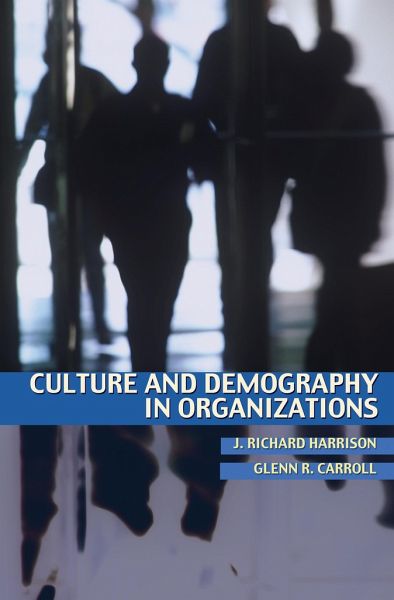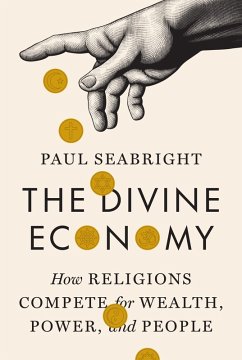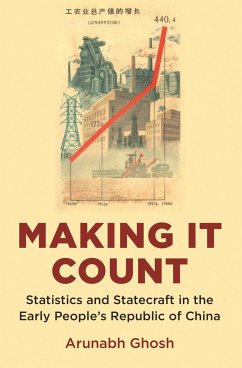
Culture and Demography in Organizations

PAYBACK Punkte
34 °P sammeln!
"How can fraternities maintain unique identities when a quarter of their membership turns over every year? How do successful firms retain their distinctive capabilities despite continual changes in personnel? To date, organizational scholars have had few compelling answers to such questions, despite their central importance to the study of organizational behavior and performance. Harrison and Carroll present a refreshing and stimulating approach that carefully unpacks the complex interactions driving cultural persistence and change. Through the development of a unique demographic perspective o...
"How can fraternities maintain unique identities when a quarter of their membership turns over every year? How do successful firms retain their distinctive capabilities despite continual changes in personnel? To date, organizational scholars have had few compelling answers to such questions, despite their central importance to the study of organizational behavior and performance. Harrison and Carroll present a refreshing and stimulating approach that carefully unpacks the complex interactions driving cultural persistence and change. Through the development of a unique demographic perspective on cultural processes, Culture and Demography in Organizations defines a bold new research agenda for organizational theorists."--Jesper Sorensen, MIT Sloan School of Management "In this exemplary book, Harrison and Carroll ask a basic question: How do organizations manage to persist, sometimes for centuries, despite the flow of people in and out? The outcome is a formal theory of cultural persistence with some surprising implications."--Nigel Gilbert, Professor of Sociology, University of Surrey, UK "Harrison and Carroll offer a refreshingly balanced view of research on organizational culture and the role of demography in creating, maintaining, and disrupting it. Organizational scholars will find the book engaging, accessible, and insightful. My overall recommendation is enthusiastic and unambiguous: this is clearly a book worth reading."--Jennifer A. Chatman, University of California, Berkeley "This book . . . provides a thorough account of computer simulation in the context of a sustained research program . . . Not only is the book grounded in extremely sound research, it is also set forth in a sober and clear fashion that allows readers to see the limits as well as the strengths of the authors' model."--David Strang, Cornell University "Harrison and Carroll have written a careful, tightly reasoned theoretical book, approaching organizational culture--a subject of widespread interest--from an novel angle. Their computer simulation methodology is apt, enabling them to realistically model the outcome of multiple intersecting processes that affect the extent to which members are aligned with the cultural ideal in an organization: hiring decisions, management and peer socialization, and departures."--Peter V. Marsden, Harvard University













